Countries of Africa
Deadline: Monday, October 22, 2012 by 08:00
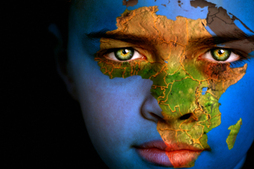
It's time to start decorating our classroom map of Africa! Each one of you has a country that I have picked out for you below. Follow the steps carefully to know what you need to do for this blog post AND for the Africa map in the classroom.
STEPS IN RED = Blog post assignment
STEPS IN PURPLE = African map assignment in classroom
STEP ONE: Each of you has three clues that connect to a country in Africa. Read the clues and do a Google search to see if you can find the name of your country. Define each of the three words in your blog post.
STEP TWO: Once you have found the name of your African nation, you will need to fill in the blanks below on the essential information of your country for the blog:
1. Name of African Country:__________________
2. Capital: __________________
3. Population: __________________
4. Official Languages: __________________
5. Currency: __________________
STEP THREE: Can you locate your country on a world map? Find your country on the classroom African map drawn by 8th grader Piotr and trace the outline of it on a blank piece of paper. Decorate the country by drawing and coloring the official flag inside the outline (See below for two examples).
STEPS IN RED = Blog post assignment
STEPS IN PURPLE = African map assignment in classroom
STEP ONE: Each of you has three clues that connect to a country in Africa. Read the clues and do a Google search to see if you can find the name of your country. Define each of the three words in your blog post.
STEP TWO: Once you have found the name of your African nation, you will need to fill in the blanks below on the essential information of your country for the blog:
1. Name of African Country:__________________
2. Capital: __________________
3. Population: __________________
4. Official Languages: __________________
5. Currency: __________________
STEP THREE: Can you locate your country on a world map? Find your country on the classroom African map drawn by 8th grader Piotr and trace the outline of it on a blank piece of paper. Decorate the country by drawing and coloring the official flag inside the outline (See below for two examples).
STEP FOUR: Cut out your map and write the name of the country on the opposite side. Tape a corner of the country on the large African map in the classroom so others can lift up the map to see the country's name on the opposite side.
STEP FIVE: Find out what and where the capital of your African country is. Neatly write the capital name and a star with a circle around it (⍟) under your country map flap on the classroom African map.
STEP FIVE: Find out what and where the capital of your African country is. Neatly write the capital name and a star with a circle around it (⍟) under your country map flap on the classroom African map.
AFRICAN COUNTRY CLUES
BRIAN: Chobe National Park / San bushmen / mopane worms
ADILBEK: Himba people / Hoba meteorite / world's largest sand dunes
FRANCESCO: Once called Rhodesia / Robert Mugabe / 100 trillion dollar note
FEDERICO: Giant Lourenco Marques prawns / Makonde art / Bazaruto Archipelago
MARSEL: Chewa people / "Warm Heart of Africa" / Chongoni Rock Art Area
RIVER: Once called Northern Rhodesia / Tonga people / Kuomboka ceremony
ARTAK: biltong / springbok / apartheid
DARIA K.: cabidela / landmines / giant sable antelope
YANA: Basotho people / Thaba Bosiu / spiral aloe
DARIA M.: lemur / aloalo / Famadihana
LIAM: pangolin / Kota people / iboga plant
STANISLAV: Mokele-mbembe / Kingdom of Loango / Pygmy tribe
NIKOL: Goliath frog /Waza National Park / Lake Nyos
PIOTR: okapi / Boyoma Falls / Once called Zaire
EDGAR: Aka people / Jean-Bédel Bokassa / Dzanga-Sangha Special Reserve
VSEVOLOD: Eric Moussambani / Bioko Island / Francisco Macías Nguema
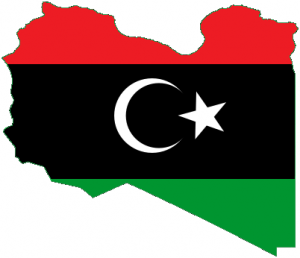
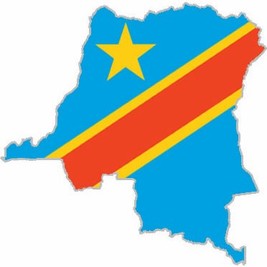

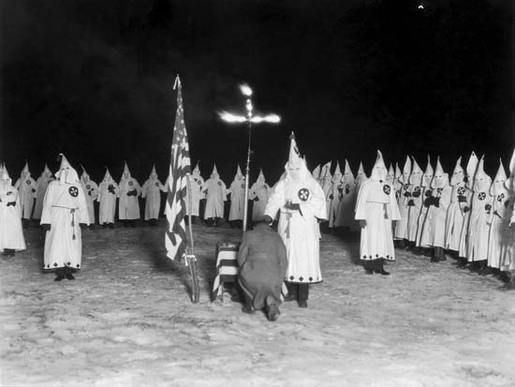
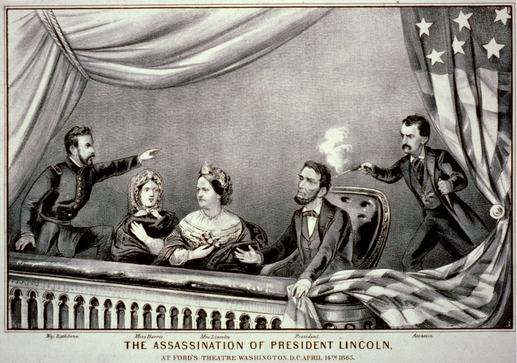
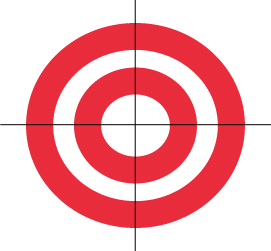
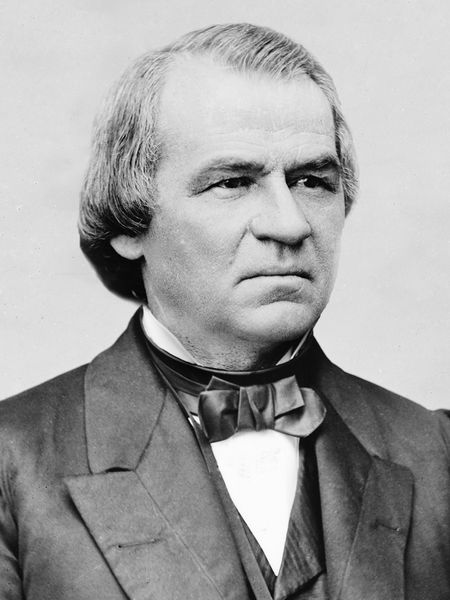

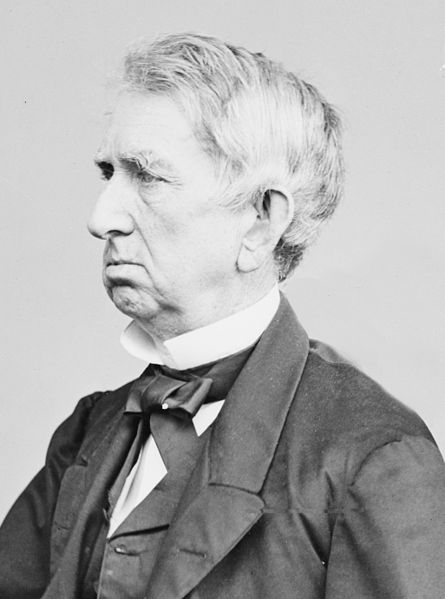

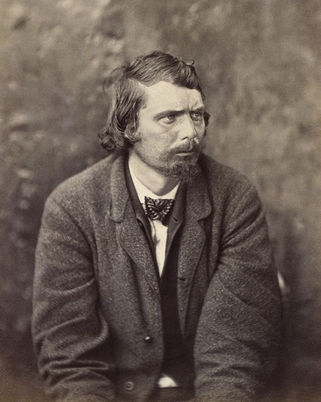
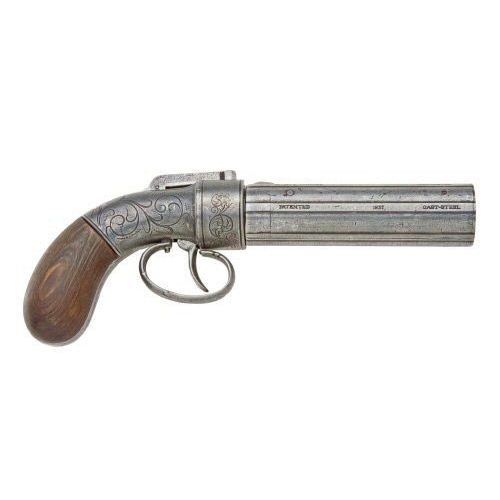
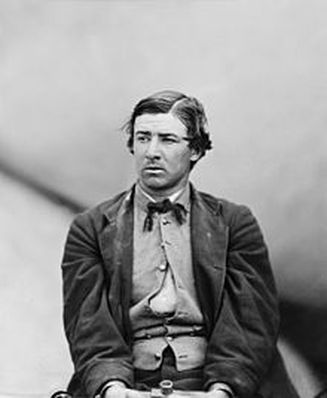

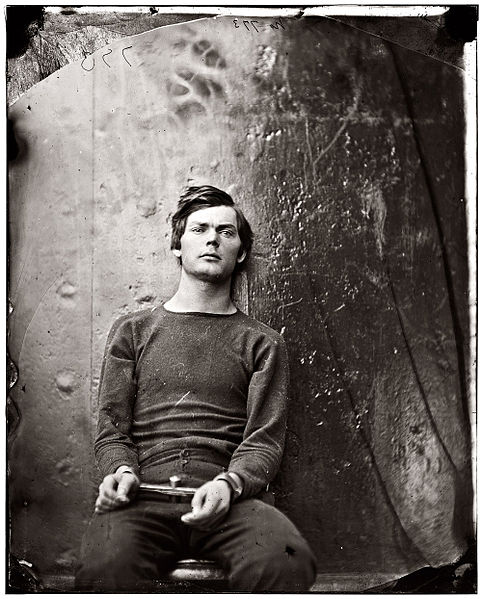

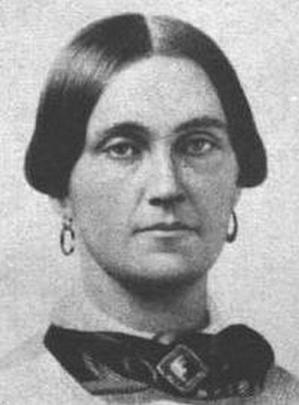
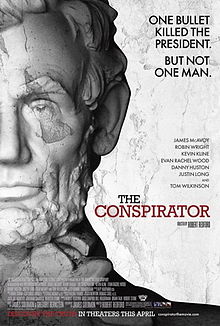
 RSS Feed
RSS Feed